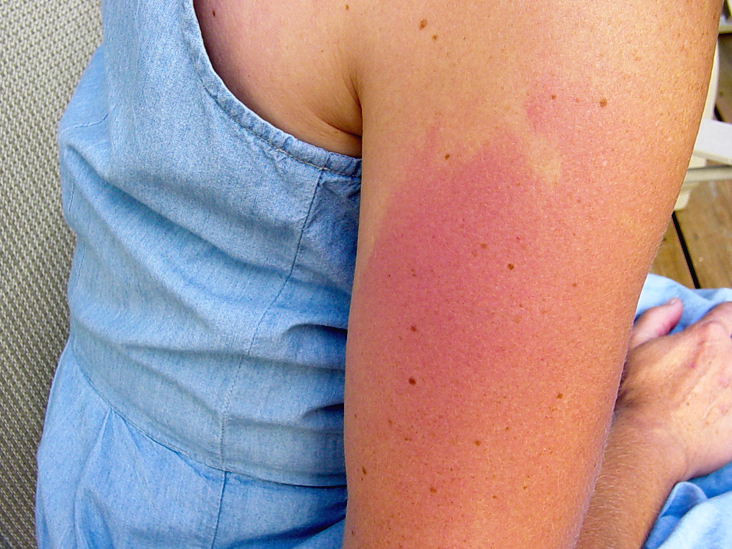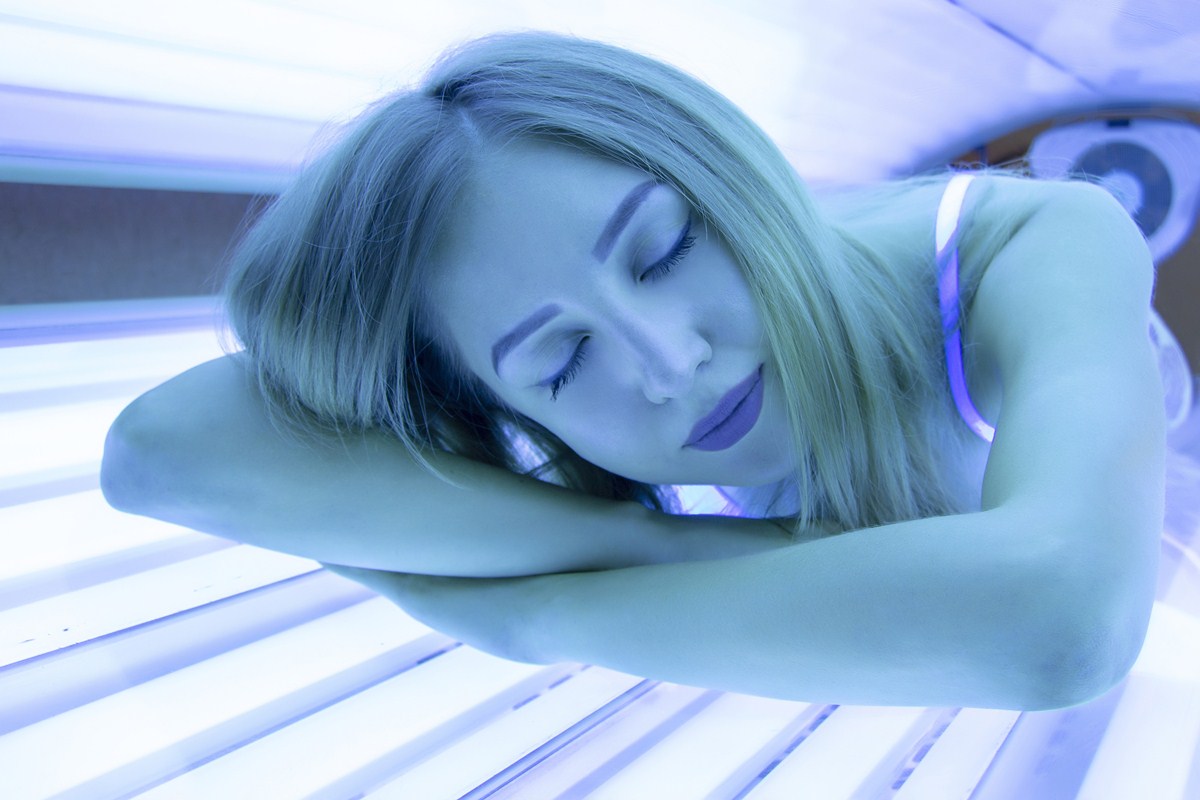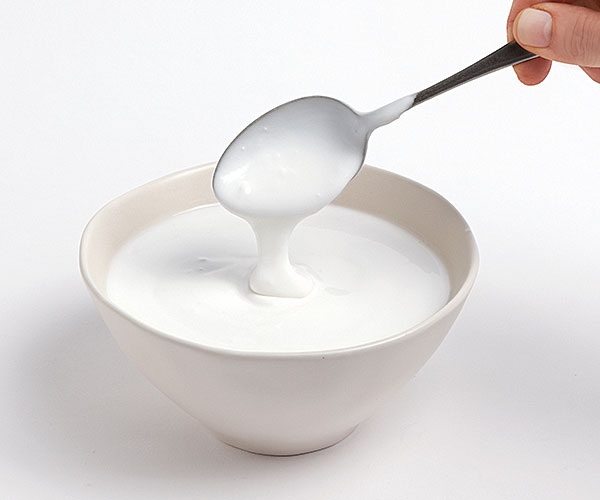Are you fond of tanned skin? Do you love going to the beach and taking sunbaths but are tightly occupied within your schedules? But every problem has a solution. Those with busy schedules have a resolution of tanning beds. In this article, we will share with you what tanning beds are, what they are used for, their pros and cons, and how you can prevent yourself from getting a tanning bed rash.
Tanning beds are the same setup as a sunny environment where the body is infused with UV rays, provided to the body from a time limit ranging from 8 to 10 minutes. It helps get a quick tan, and it is pretty comfortable and relaxing. Who won’t love getting a good tan in a minimum of around 8 minutes without sparing an hour for going to a beach? But are tanning beds so helpful? Let’s see.
Tanning Bed Rash | How To Prevent This?
Though they first introduced this concept of tanning booths in the 1920s, indoor tanning gained popularity in the 1970s when European scientist Frederick Wolff invented the first tanning device. The temperatures and the bed voltage are adjusted accordingly to suit the body therein. Although many tanning beds have a maximum time of around 15 minutes at a stretch, you can choose the time for you. Mostly 8 to 10 minutes would suffice. The following preparations are needed before you make up your mind to get an artificial tan.

Prerequisites before going to the tanning bed
- Advising a consultant
- Going through instructions properly, such as age requirements, etc.
- Choosing a good salon
- Mentioning your skin type or a hereditary skin problem, if any
- Applying body lotion/moisturizers
- Adjusting temperatures and time accordingly
- Wearing eye mask
With so much hype around tanning beds, there must be a lot of advantages.
Pros of tanning beds
- A quick source of vitamin D
- Saves time
- Builds bone density
- Relaxing and comfortable
- Relieves from tension
- It helps get an easy tan
Cons of tanning beds
- Increased risk of skin cancer
- Premature aging
- Costly
- Increased risk of sunburn
- It can lead to rashes
- Suppresses immune system
- Can damage eyes

Many individuals live with a misconception that tan is protection from sunburn, but actually, it’s a sign of our body under the attack of sun damage. Tan is undoubtedly your body scrambling to protect itself from the sun. Through this, it’s understandable that damage is already done. Overexposure to UV rash can lead to itchiness, rashes, inflammation, and sunburn. Most of them are easily treatable, but if gone beyond a safety limit, they can require you to take the help of a good doctor.
Out of all stated symptoms, the most common symptom of tanning beds is rashes. A tanning bed rash is a series of red or even discolored, itchy patches on the skin due to dry skin or overexposure to UV rays. Many easy techniques and home remedies can relieve you from those irritating rashes and prevent them from causing further disruption to the body.
Remedies For Tanning Bed Rash
Avoiding contact with the direct sun-
Rashes are our body’s reaction to overexposure to heat. Therefore, keeping your body away from direct contact with the sun or heat is recommended to avoid worsening the situation. Also, be vigilant not to scratch your rashes as it may increase the infection. Many natural products can help do away with itchiness.
Use of natural products-
If you can treat an infection naturally with the help of natural products, there is no better option than that. Some pretty helpful products are-
Aloe Vera
Aloe vera is a plant that has proved to be of Great medicinal help for many decades. It contains the praiseworthy ability to soothe the skin from swelling, rashes, and burns. Having anti-inflammatory and anti-bacterial properties, it cools down the heated area of the skin.
Yogurt
Quite nutritious and healthy, yogurt is rich in vitamins A, C, and calcium and has anti-bacterial properties. Yogurt soothes it and cools it down when applied to the affected area.

Cucumber
Full of fiber, cucumber is rich in antioxidants and vitamins B and C, which help in reducing burns and rashes.
Banana peels
Although banana themselves is a nutritious fruit, even banana peels have their value. If you throw the banana peels after eating the fruit, let me introduce you to its various skincare benefits, the most important of which is relieving itchiness and rashes. Bananas are rich in potassium and vitamins A and C, which help fight the body’s radicals and soothe dry skin recovery. Being an antioxidant, it prevents sun damage and reduces sunburn.
Coconut oil
It is a multipurpose oil that you can use as a food oil or on the body areas with itchiness and dryness for soothing and relieving it.
Use a cold compress-
A cold compress is helpful in soothing and cooling the skin against the excessive heat blocked therein. Pressing the cold compress on the infected areas can reduce the effect of rashes.
Medications and anti-rash lotions-
I don’t prefer being in a state of duality regarding seeing a doctor. Doctors prescribed medicines are a healer. If you aren’t feeling any improvements with home remedies, you should just see a doctor.
Warm oatmeal bath-
It’s necessary to keep your body clean and prevent rubbing the infected areas. A warm water bath with colloidal oatmeal reduces inflammation. It also protects the skin by forming a barrier, therefore retaining moisture and essential nutrients therein.
Stay in cool temperatures-
One should prefer staying in cool temperatures to avoid sweating. Blocked sweat glands that create itching or burning sensations can also cause rashes. So it’s a better option to prevent a hot climate unless you completely recover from the inflammation and rashes.
Closure
Tanning beds are a practical innovation, but tanning bed rash is a byproduct. However, nasty 90% of the rashes are easily treatable at home. Rashes won’t fret you if you are a regular user of tanning beds, as they come along with almost every tanning bed usage.
You can prevent rashes by taking measures like moisturizing the skin, properly cleansing the tanning bed, adjusting temperatures, etc., as ‘prevention is always better than cure.



